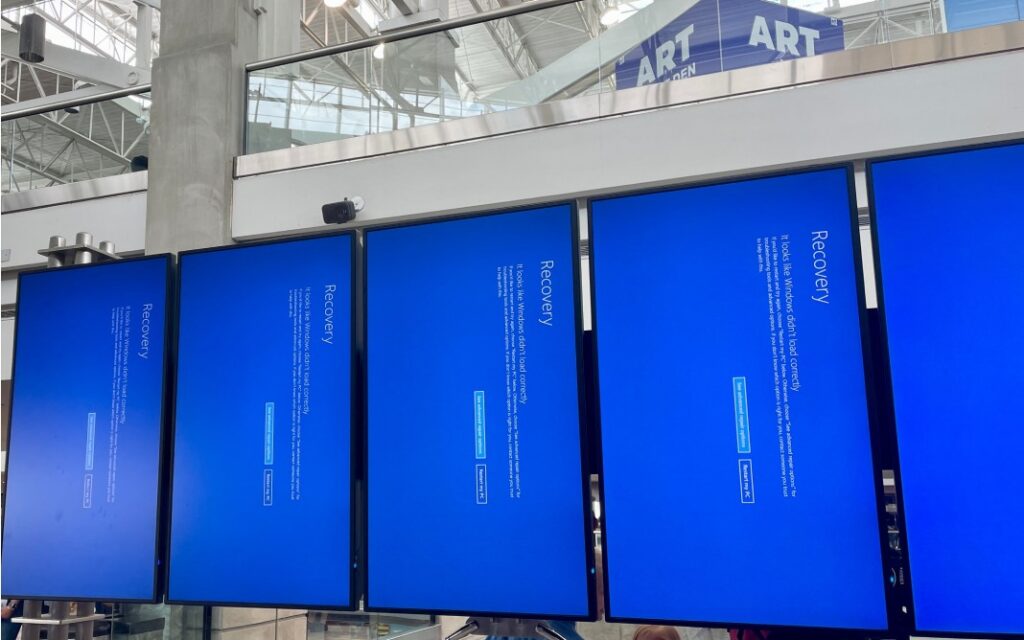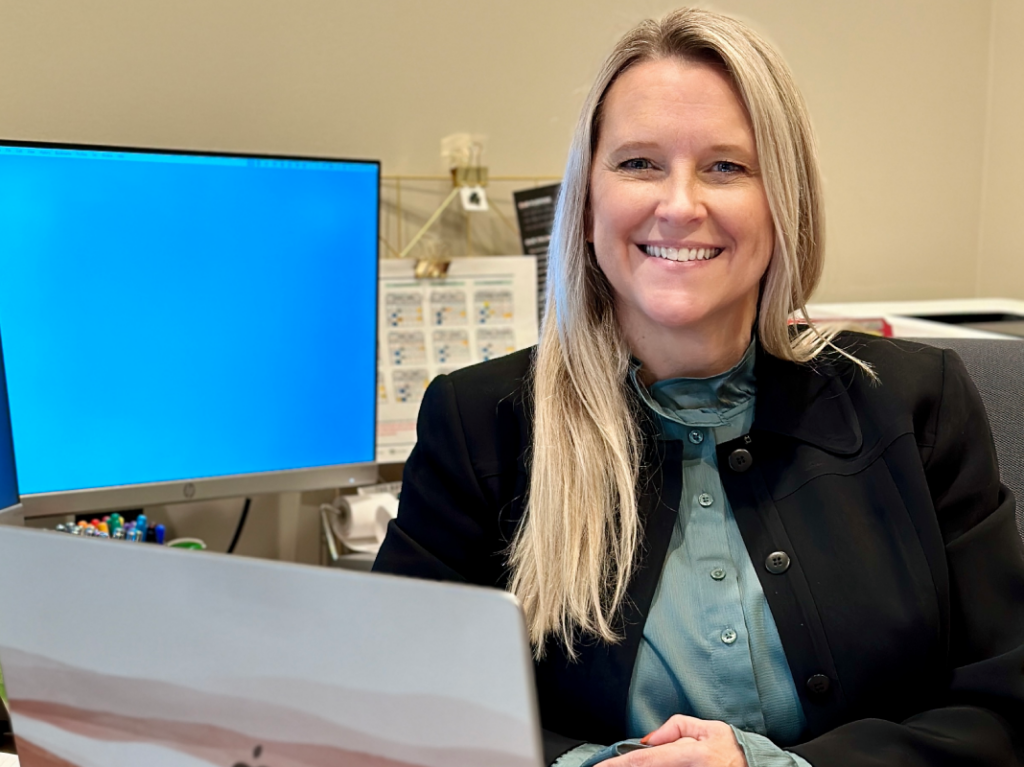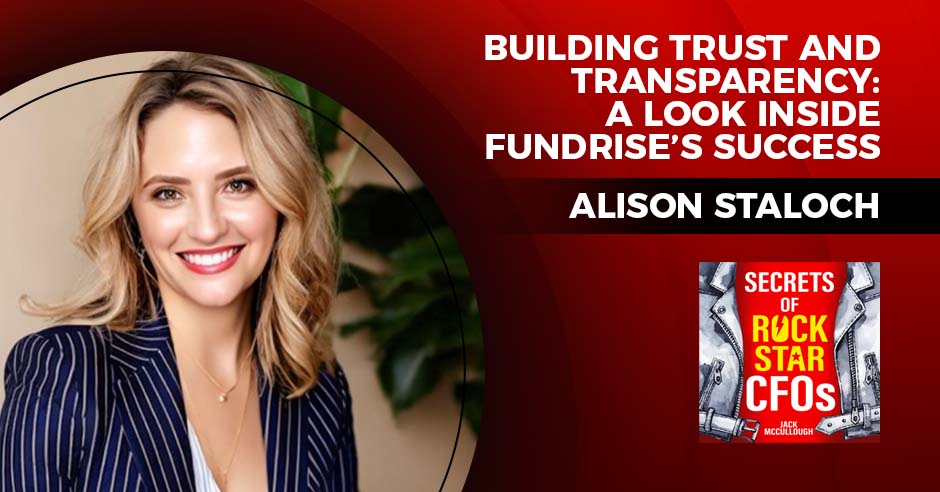Like other CFOs, Alex Amezquita at Herbalife Nutrition is looking back at the past year’s myriad challenges as he sets forth his capital priorities for this year. “This is the time when we set our budget, discussing what we’re going to be spending money on,” said Amezquita. “Current macroeconomic conditions influence the `what,’ but the fact is you can’t stop, you can’t pause, you can’t not continue to invest in your future.”
His point underlines the challenges before all CFOs, following two years of a topsy-turvy economy that has yet to settle down. Strategically prioritizing where to invest capital to generate the most robust (and assured) returns arguably is a CFO’s toughest decision. Even though strong earnings have flooded many businesses with cash, capital is finite. The challenge is what to invest it in.
StrategicCFO360 reached out to five CFOs to learn where they are placing their bets. Given a still-splintered supply chain, protracted labor shortages, high inflation and expected interest rate increases, it’s a Solomon-like decision. Still, they’re hopeful the worst is in the rear-view mirror. As Alex Kaye, CFO at global events solutions company Inspire, put it, “Few verticals have been hit as hard as ours the last couple years, but we’re turning the page.”
Creating Next-Gen Events
Wholly owned by public company Ashford Inc., Inspire formerly was known as J&S Audio Visual. In October 2021, the 35-year-old full-service event technology provider rebranded to reflect its aspiration to create events that “move people,” Kaye said.

Until the pandemic took an axe to physical gatherings, the company had produced more than 2,500 events each year, most in partnership with major hotels and convention centers. Business picked up last year, however. “Our numbers are not perfectly aligned with hotel numbers, but we follow them directionally, making the past couple quarters quite strong for us in terms of a recovery,” Kaye explained. “We’ve got a lot of confidence and excitement going into this year, mixed with a bit of caution over the Omicron variant.”
Having pared back the company’s capital investments the last two years, Kaye is reopening the checkbook, allocating money toward state-of-the-art video hardware and software to offer more compelling audience experiences, he said, pointing to investments in large specially designed high-resolution video walls that integrate several smaller monitors together.
“Each monitor, or `tile’ as we call it, comes in different dimensions like a 3’x5’ screen that connects to other tiles into a giant screen,” he said. “They’re not an inexpensive option (costs range between $17,000 and $25,000 per square meter of wall). But we feel they will competitively differentiate us by providing a more vibrant and engaging experience.”
Kaye also plans to invest more this year in hybrid in-person/virtual events, which have emerged over the past two years as a growing way for people to assemble at conventions and conferences.
“Event producers need to inform and entertain both physical and virtual attendees, distributing content across the world through the internet and WiFi,” he said. “We plan to create new product offerings for this hybrid environment in the coming year, especially as it relates to data and analytics. For example, we can collect real-time data for a trade group like the American Bar Association on how many people in real-time are engaging in a particular presentation. We can also query the virtual audience to provide instant feedback that’s passed on to presenters. We’re threading this needle right now.”
Kaye’s other main capital priority in 2022 is people. During the pandemic’s early months, the CFO had no choice but to furlough a significant number of employees. “We kept many core employees, which will be the foundation of the rebranded company going forward, but we had a vast exodus (of experienced people) that’s been difficult to bring back during the Great Resignation,” Kaye said.
Inspire must hire inexperienced recruits, requiring Kaye to invest more in onboarding, training, upskilling and reskilling. “As we pull people who are talented and smart from a new labor pool, I need to ensure they have what they need to succeed, which comes at a cost,” he said. “We’re offering a variety of attractive incentives like sign-on bonuses and retention bonuses for giving us a try for 60 days or 120 days.”
He added, “We’re also telling them, `You’ll get an opportunity to work on some really cool stuff.’ So far, it seems to be working.”
Future-Proofing Tomorrow’s Technology
Rather than go wide, Pega is going deep. Since 1983, the business process management software company and its more recent SaaS (Software-as-a-Service) platform have helped businesses work smarter, simpler and faster, said Ken Stillwell, CFO and chief operating officer.
“My goal this year is to drive increased market penetration and focus on our existing clients, making sure our sales and services teams have what they need to support and deepen our clients’ and implementation partners’ relationships with Pega,” said Stillwell. “I want to ensure the chemistry is right [on the teams] to promote client and partner success, as opposed to going out and hiring more sales executives, giving them a quota and having them close deals.”
Stillwell explained that the public company enjoys a significantly high customer retention rate and plans to invest in resources to continue that trajectory. “Before you can upsell and cross-sell, you need to make sure the existing relationship with the customer is excellent. We have those relationships, but we need to constantly nurture them by investing in optimal resources to support our clients,” Stillwell said.
Investments in AI technologies and robotics are in store this year. “Many clients are enduring labor shortages in the Great Resignation and are under pressure to automate their processes, reducing the physical touch and time caught up in emails and other systems,” he said.
“We’re building `future-proof’ systems for today’s remote and varying workforces and making investments in multicloud environments and data and process synchronization across disparate systems,” he added. “We’re also going to spend more this year in providing AI capabilities to clients, in areas like expense management and purchase orders, where the tools can detect unusual patterns and red flags, alerting people to intervene further.”
Capital Ideas for Stores and Logistics
Longtime CFO Richard Galanti at Costco Wholesale plans to increase the public company’s investments in launching additional warehouse-format stores and its smaller Costco Business Centers in 2022 and building out its fulfillment and distribution infrastructure.

“We’ve been fortunate to have a lot of organic growth in North America and other parts of the world, opening 20 new warehouse locations last fiscal year (ending the Sunday closest to the end of August),” said Galanti. “This fiscal year, we’re hoping to open even more, somewhere between the mid-to-high 20s. In the first four months of this fiscal year, we have already opened 13 new locations, including one each in China, Spain, Australia and France.”
Costco’s net sales in fiscal 2021 increased 17.7 percent to $192 billion, up from $163 billion the prior year. It’s a far cry from December 2020, when Galanti expressed concerns about that year’s Covid lockdowns and the early stages of what would become an historic supply chain crisis. To honor the company’s financial commitments at the time, he made a “just in case” decision to raise $4 billion of capital. In hindsight the money wasn’t needed, as Costco’s status as an “essential business” providing food and pharmaceuticals kept business afloat.
Sales picked up through the remainder of that year to the present time. “People were in lockdown mode, canceling vacations and tickets to concerts and sporting events,” Galanti explained. “Once they received the government’s stimulus money, they spent a portion of it on home and outdoor furniture, exercise equipment, consumer electronics and other products we sell.”
Unlike competitors whose SKUs range in number between 40,000 and over 100,000, Costco manages about 3,800 items, simplifying store operations to maximize operating efficiencies. The company also benefited from its unique value proposition, in terms of low markups on priced goods. Nevertheless, the supply chain crisis affected Costco as it did other retailers. Most of its import containers arrived late by an average of 51 days in 2021. “We ordered early where we could, but all our departments were still impacted,” the CFO acknowledged.
In part to compensate, Galanti is earmarking more capital in 2022 to its fulfillment operations, particularly the logistics needed to move large and bulky goods like major appliances and furniture that consumers cannot carry to their cars. In March 2020, Costco acquired Innovel Solutions, a logistics company that provides last-mile delivery, for $1 billion. “It’s been such a success for us, helping us grow that market in a big way,” he said, “we’re putting more money into its expansion.”
Doubling Down on AR Automation
Having launched a unified accounts receivable (AR) platform with a suite of AR solutions in October 2021, BlackLine’s CFO Mark Partin is allocating capital this year to enhance the platform’s AI-generated intelligence. “Every CFO wants more predictable cash to put into the business, but it’s difficult to predict when this cash will come in,” Partin said.

The new platform, which automates the processes that generate cash from sales, is a step forward in making better predictions, he said. “By providing intelligence on each customer’s payment behaviors, CFOs will have a better understanding of how much cash is coming in, giving them greater control over how much capital they can spend at any given time,” said Partin. “Cash is the lifeblood of all businesses. The more working capital on hand, the greater the opportunity to spend it on strategic growth, generating lasting business resilience.”
Not all customers are alike in their payment behaviors. Customers that may appear to provide profitable revenue may in fact be unprofitable, their payments habitually coming in so late that the internal expenses incurred to address the issue chip away at the yield. Using AI to ferret out each customer’s payment behavior, the AR automation platform enables companies to collect cash faster, adding it immediately to working capital.
“The more granular we can get about each customer’s payment patterns, looking at how often they dispute their debts and how long it takes to resolve these issues, the more useful the insights will be for CFOs to manage cash for strategic growth,” said Partin, at Los Angeles-based BlackLine, a publicly traded provider of automated finance and accounting solutions, with more than $351 million in revenue in 2020 and over 1,400 employees in 10 countries.
Aside from the capital allocated to enhance the breadth of the AR solution’s AI-driven intelligence, the CFO will invest in technological improvements to the “customer experience,” he said, simplifying the use of the tool. He’s also earmarking a bigger part of his budget in 2022 to recruitment, “bringing more people into our AR business, which we see as a significant generator of our future growth,” he said.
New Products and ESG Investments
At Herbalife Nutrition, a global leader in meal replacement protein shakes and dietary supplements, Amezquita plans to invest more this year in technology solutions increasing consumer engagement with the brand. The public company, with $5.5 billion in annual revenue and more than 10,000 employees in 90-plus countries, sells its products directly to consumers through independent distributors.
“We’ve been developing this app over the past year called Herbalife Nutrition Grow,” he said, “It’s designed for distributors to learn more about our products, in turn making them more knowledgeable when discussing the items with their customers. As a company that sells nutrition products, the more that consumers are knowledgeable about what they put in their body, particularly at a time when people are concerned about their health, the better it is for us.”
A chunk of Amezquita’s capital expenditures in 2022 is earmarked to roll out the new application to its distributors globally. Additional capital is allotted to upgrade the company’s CRM, inventory management and business analytics tools. “We contract with solutions providers like Salesforce and Microsoft and then package their productivity and retailing tools together into a specific suite in support of our distributors around the world,” he said.
The budget also included additional funds for product innovation, particularly vegan and clean label nutrition products made from natural and minimally processed ingredients, he said. “Customers want these foods and more choices overall,” Amezquita said. “I’m also investing this year in single-serve packaging that’s convenient and on the go, which appeals to certain lifestyles.”
Such products are aligned with Herbalife Nutrition’s environmental, social and governance agenda, he said. “More dollars will flow toward the environmental side of our business in 2022, ensuring our manufacturing facilities are continually moving toward net zero [emissions],” he said. “In many markets, we’ve eliminated the use of plastic bags. This year, we’re investing in a new initiative to use less virgin plastic [in packaging]. It’s more than a sustainability play; it’s what consumers want us to be doing.”








